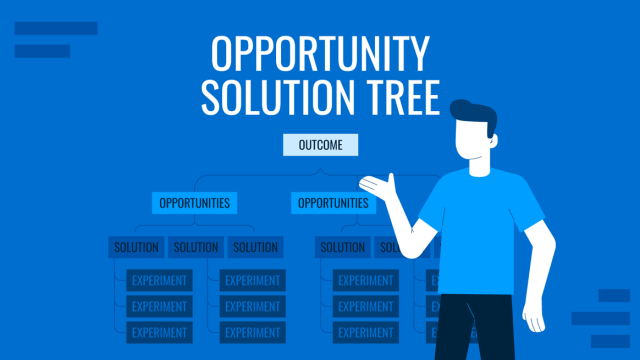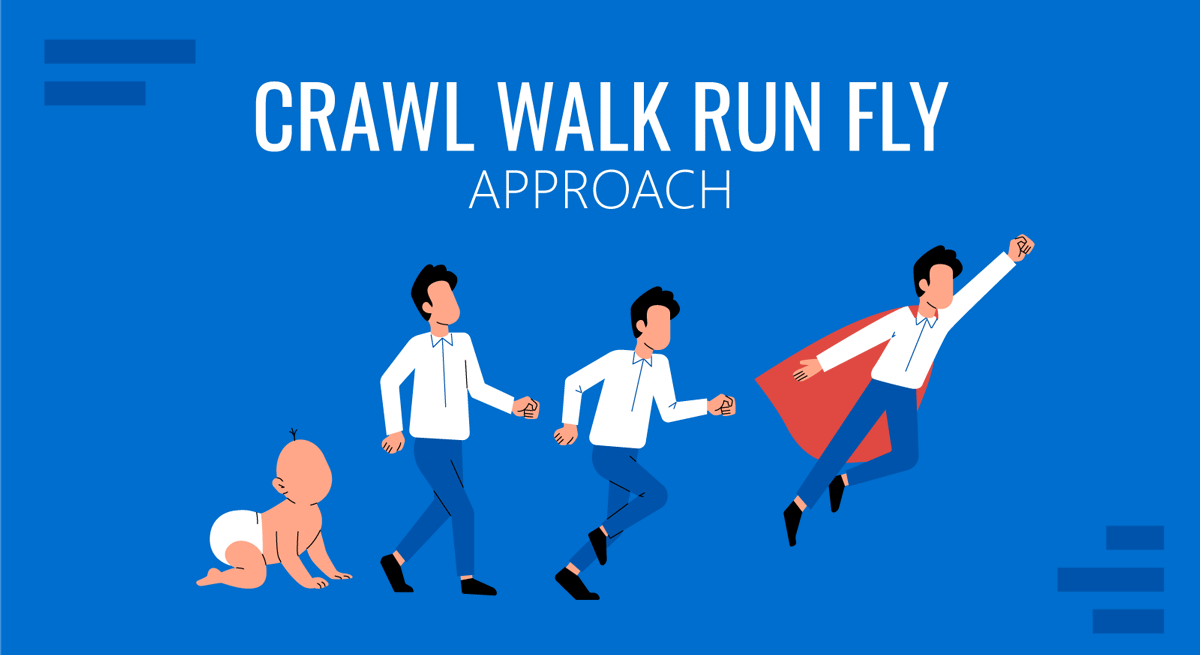
When babies are born, they cannot walk immediately but learn to crawl first. Crawling helps them develop muscle strength and coordination to stand up and take their first steps. The same principle applies to business and project management, known as the Crawl Walk Run Fly approach.
This management strategy emphasizes mastering the fundamentals before moving on to more complex tasks. Instead of trying to achieve big goals in one “big bang,” the Crawl Walk Run Fly methodology encourages organizations to take small steps and slowly scale up to achieve success.
Taking a phased approach to complex tasks benefits both employees and businesses.
By breaking down a complex task into smaller steps, employees can better understand what is expected of them and focus their efforts on completing each step individually. Aside from reducing stress, this helps them build confidence and the skills they need as they jump through the levels.
Business thought leader John Kotter has the same belief. In his book “Leading Change,” he argues that businesses can help employees adapt and feel more engaged in the change process by breaking down changes into incremental adjustments.
For businesses, the Crawl Walk Run Fly approach gives insight into where they are in the process of achieving a particular goal. It also helps them identify areas where they need to invest resources to achieve the level of proficiency or maturity they desire.
This article will examine each phase of the Crawl Walk Run Fly approach in detail, its significance, and how it can be applied in businesses.
Table of Contents
- The Crawl Phase
- The Walk Phase
- The Run Phase
- The Fly Phase
- Is Crawl Walk Run Fly Methodology Flawed?
- A Presentation on Crawl Walk Run Fly Approach in Business
- Conclusion
The Crawl Phase
The Crawl phase of the Crawl Walk Run Fly methodology is all about feasibility. At this stage, much of the resources and efforts of an organization are poured into establishing a roadmap, creating a basic working model, and refining it before moving on to the next stage.
Several activities may go into this phase depending on the scale and nature of the new project.
If a business is launching a new product, for example, it may conduct market research during the Crawl phase to determine if there is a demand for a new product or service. In some cases, businesses may create prototypes during the Crawl phase to test the feasibility of the new product.
Overall, the crawl phase is a critical phase for the growth cycle of businesses as it establishes the foundation for their product or service. By taking a thoughtful and deliberate approach, business owners can ensure that they are building a strong foundation and setting themselves up for success in the long run.
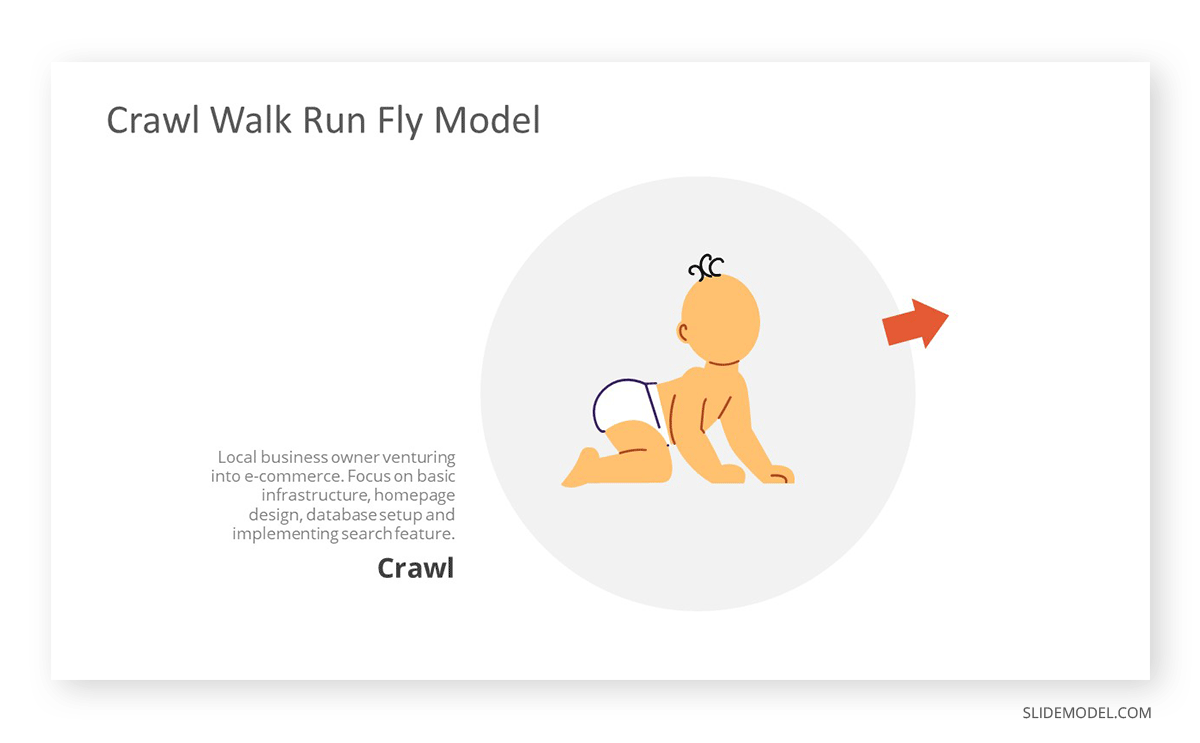
Example: You are a local business owner venturing into e-commerce for the first time. In the crawl phase, one department will focus on creating a new website. Developers would focus on the basic infrastructure, such as creating the homepage, setting up a database to store user information, and using a basic search feature.
The Walk Phase
If the Crawl phase is about feasibility, the Walk phase is all about implementing the working model established during the previous stage and learning from the process. Businesses may conduct further research and development to refine the product or service based on feedback received during the crawl phase.
The Walk phase is an important step in the overall process because it allows businesses to test their ideas and gather real-world feedback. This feedback can then be used to make improvements and adjustments to the product or service based on customer needs and preferences.
Businesses may also start to scale up their operations and expand their customer base during the Walk phase. This may involve ramping up marketing efforts, hiring additional staff, or investing in new technology or infrastructure to support growth.
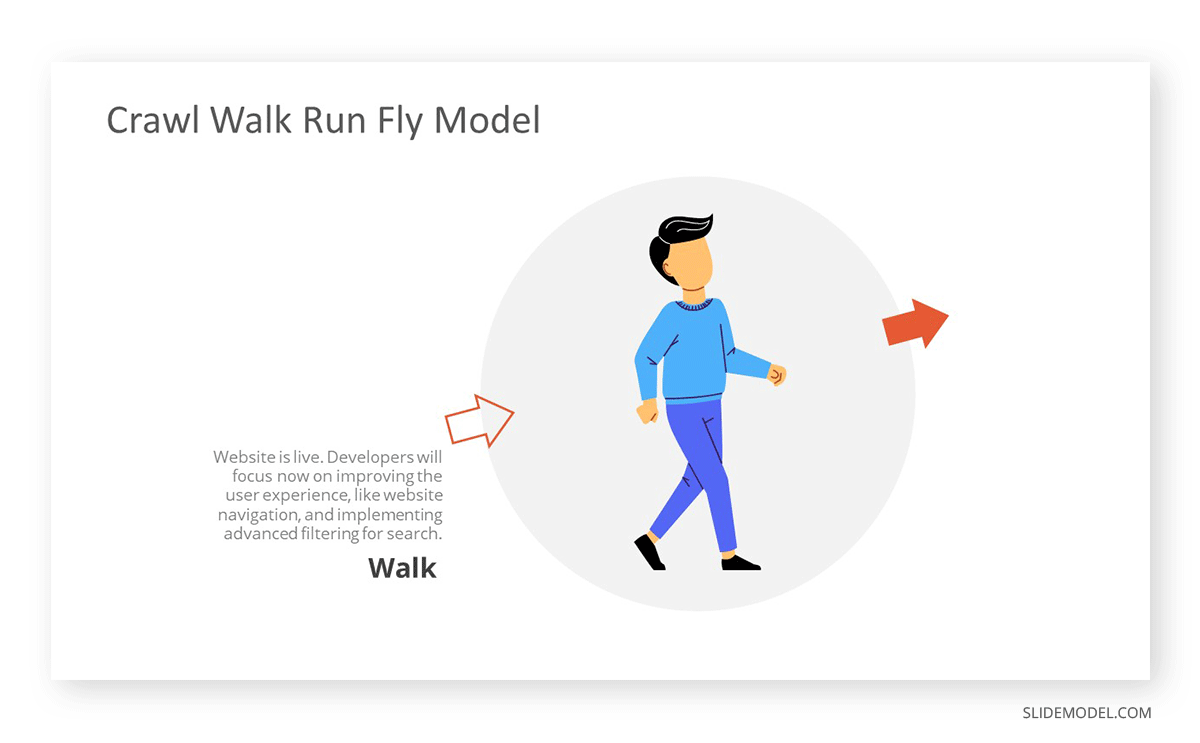
Example: Let’s continue with the e-commerce website example, assuming that it’s already live. At the Walk stage, developers may focus on improving the website’s user experience, like improving website navigation and adding more advanced product search capabilities.
They may also start building their online presence by implementing search engine optimization (SEO) strategies and using analytics to interpret their traffic data.
The Run Phase
Now comes the run phase – where businesses can potentially experience exponential growth. At this point, individuals are starting to achieve proficiency in their work, and businesses are seeing consistent profits.
What companies need to do is keep that momentum and remain competitive. To sustain growth during the “Run” phase, they must continue to innovate and improve their products or services. They must also focus on optimizing their operations and managing their resources effectively.
This may involve launching new product lines and services, expanding into new markets, and leveraging new technologies to enhance operations and customer experience.
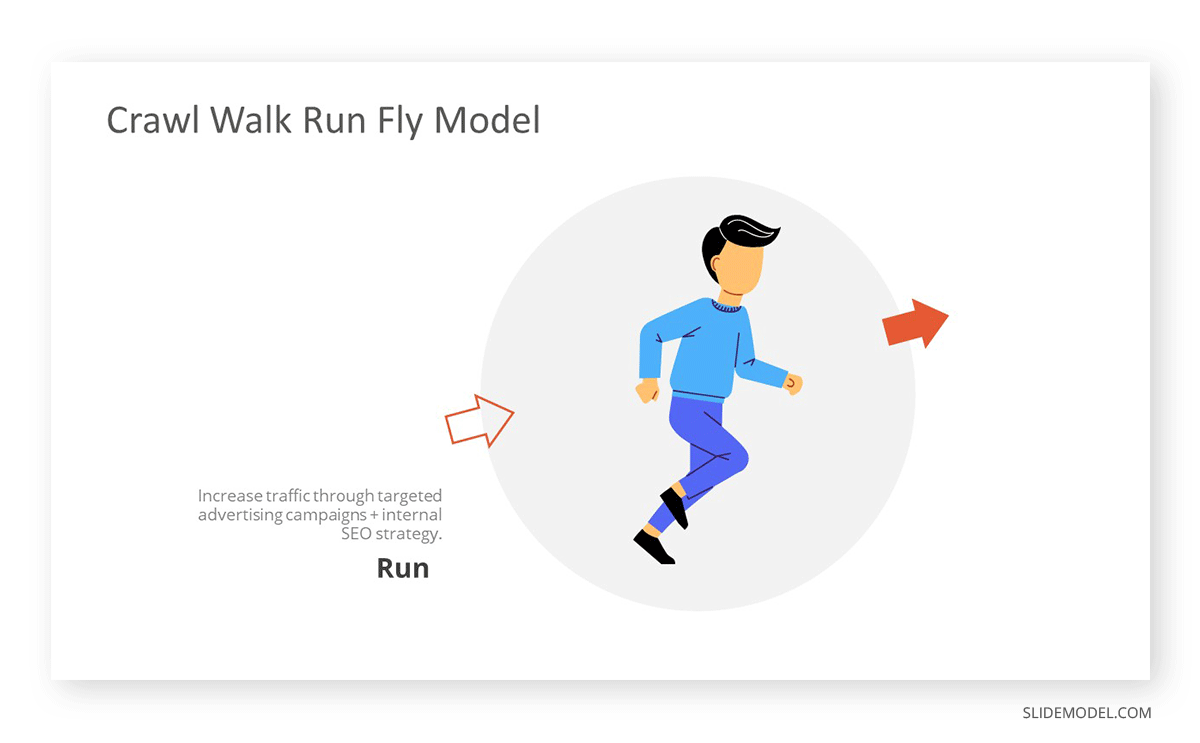
Example: In the context of e-commerce, businesses may focus on driving traffic to their website through targeted advertising campaigns during the run phase in addition to their SEO efforts.
They may also establish a customer retention strategy to keep customers returning for more. This might involve offering loyalty rewards to repeat customers or creating valuable content to engage with existing customers.
The Fly Phase
The “fly” phase is not commonly recognized in the traditional Crawl Walk Run approach. That said, some organizations may use a similar approach that includes a “fly” phase as a stage of rapid innovation and experimentation beyond the run phase.
At this point, businesses have a deep understanding of their work with full confidence. They can achieve feats that once seemed impossible and constantly push the boundaries of what is possible. In this context, their next effort may involve rapidly iterating on products or services to stay ahead of the competition.
Businesses may focus on creating new markets, disrupting existing ones, and staying ahead of emerging trends. This phase is often characterized by a willingness to take risks, embrace uncertainty, and rapidly adapt to changing market conditions.
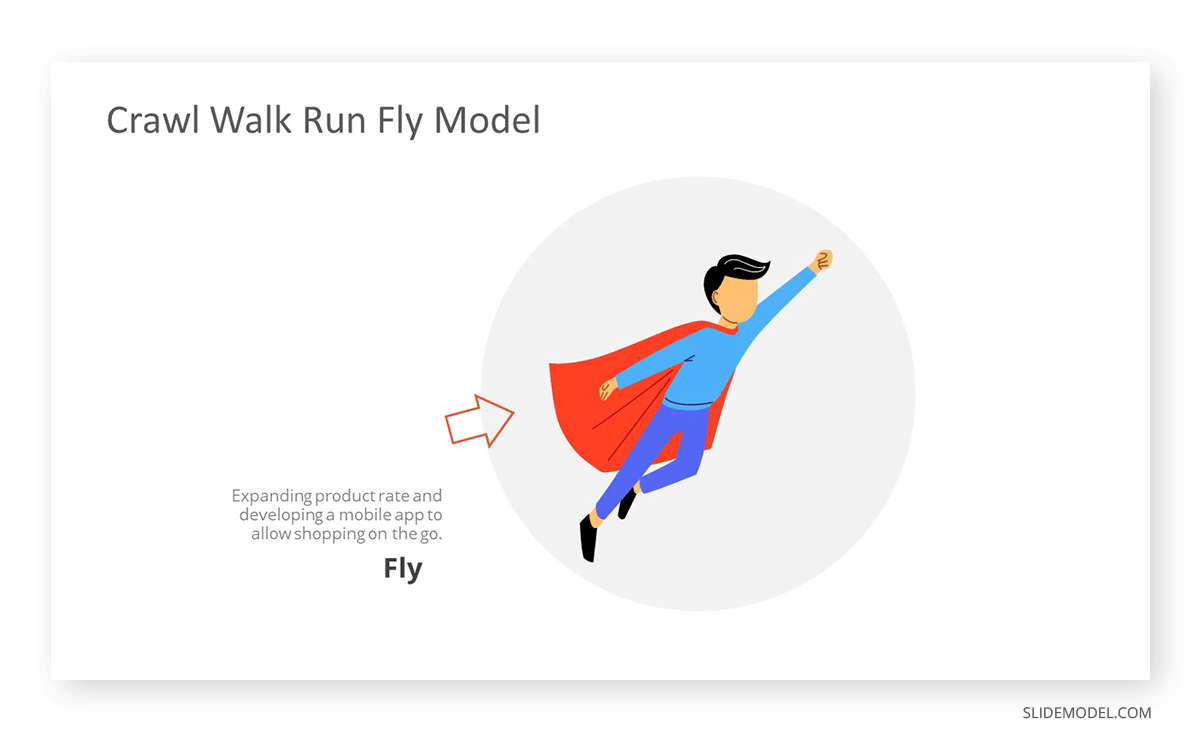
Example: In the case of the e-commerce website owner, the Fly phase could involve expanding their product range and implementing new features on the website to improve the customer experience. For example, they could invest in a mobile app to allow customers to shop on the go or offer personalized product recommendations based on a customer’s previous purchases.
Is Crawl Walk Run Fly Methodology Flawed?
While the Crawl Walk Run Fly methodology is commonly used in project management and in business in general, there are some criticisms about the approach.
It Delays Progress
One criticism about the methodology is that it can lead to a slow and inefficient development process, as teams may spend significant time developing foundational components before moving on to more advanced stages. This can result in a lengthy development process and delay the overall project completion.
It’s Rigid and Unrealistic
The Crawl Walk Run Fly approach can also be considered a rigid methodology. To some, it might imply a linear progression from one stage to the next, with little room for deviation or flexibility. However, in practice, unexpected obstacles or changes in circumstances may require businesses to revisit previous stages or adjust their approach.
Does it mean the Crawl Walk Run Fly approach is flawed?
It’s not inherently flawed; neither is it foolproof. It can be a useful framework for businesses to use as a guide for growth and development. However, it is important to use the model with a critical eye and adapt it as needed to fit the specific circumstances and goals of the business.
Although the approach provides a framework for businesses, it’s important to recognize that building a successful business does not always follow a predictable trajectory.
The approach may also not be suitable for businesses that operate in rapidly changing industries and need to pivot their approach quickly in response to market shifts.
In these cases, it’s important to supplement the model with different approaches that can help to address its limitations. This may involve starting with a basic version of a product or service and continuously testing and iterating based on user feedback and market demand. This approach allows for more rapid development and can help teams quickly adapt to changing circumstances.
A Presentation on Crawl Walk Run Fly Approach in Business
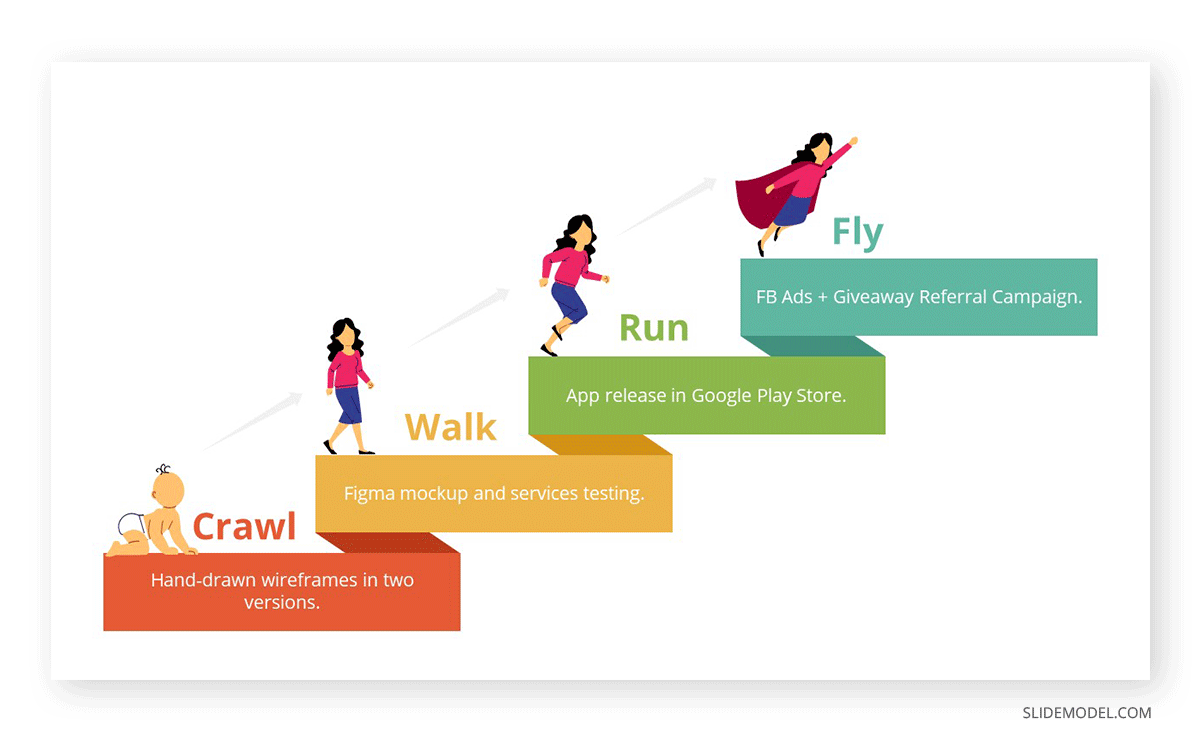
Using a PowerPoint presentation template for the Crawl Walk Run Fly approach can effectively show the parties involved where you want to take your business in the future. This will help you illustrate the key milestones of the approach in a manner that is engaging and easier to understand for the audience.
You can customize the presentation’s content, design, and layout to match your brand and the purpose of the presentation. You may also share it with the participants so that they can revisit the presentation anytime and be aware of your roadmap.
Conclusion
The Crawl Walk Run Fly approach provides businesses with a structured and phased approach to project management and growth. Businesses can build a strong foundation and sustain growth by breaking down complex tasks into smaller, achievable steps.
That said, it may not be applicable in all situations. Some projects may require a more direct and comprehensive approach to achieve success, while others may not benefit from such a phased approach.
Adopt the Crawl Walk Run Fly approach, and adapt as needed!
